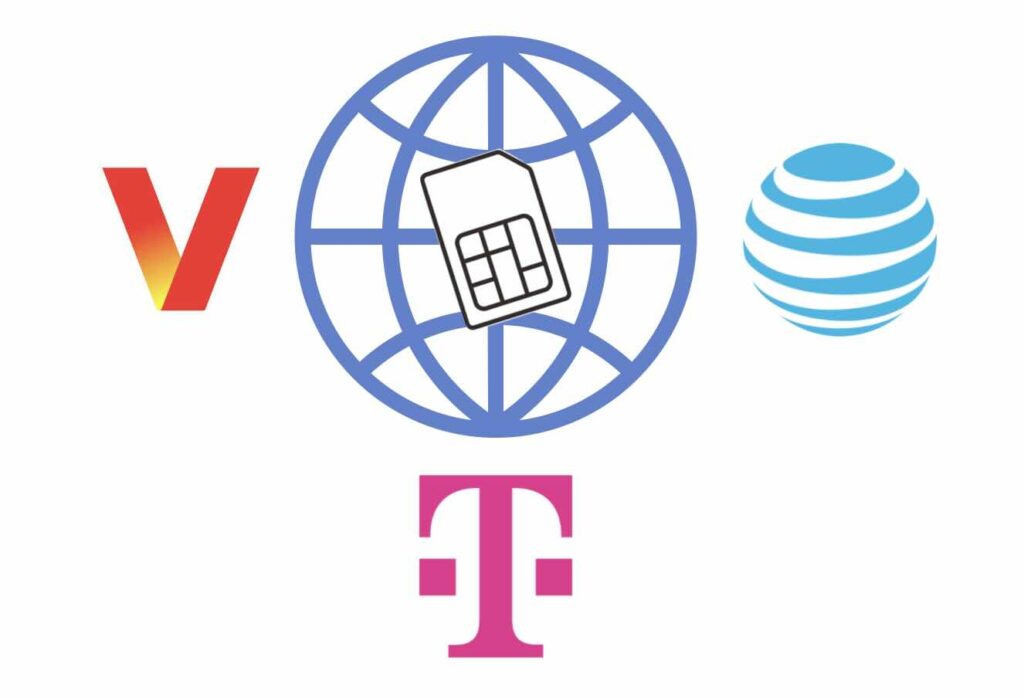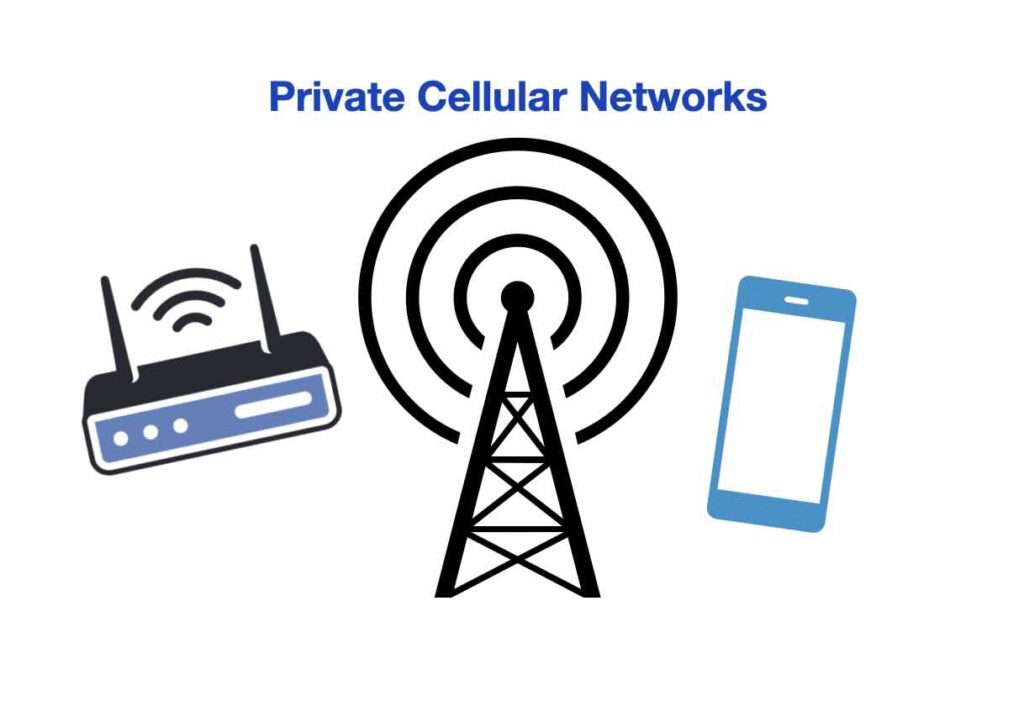eSIM technology is revolutionizing how we connect our devices, offering flexibility and efficiency in managing mobile data plans. While smartphones and wearables have embraced eSIMs for years, this innovation is now making significant strides in the realm of 4G/5G routers. Leading manufacturers like Peplink, Cradlepoint, and Teltonika are integrating eSIM capabilities into their routers, simplifying connectivity and […]
Tag: eSIM
The Race for eSIM and Fixed Wireless Access (FWA): How Verizon, AT&T, and T-Mobile Could Conquer Future Data
The rise of eSIM technology is transforming industries and reshaping how we think about connectivity. When combined with Fixed Wireless Access (FWA), eSIM offers significant opportunities for both businesses and consumers to enjoy high-speed internet without the need for physical SIM cards. The competition between major carriers—Verizon, AT&T, and T-Mobile—is intensifying as they race to […]
The Future of Fixed Wireless Access (FWA) and eSIM: A Game-Changer for 5G Connectivity
As the world transitions further into the digital age, Fixed Wireless Access (FWA) is rapidly emerging as a leading solution for providing high-speed internet to homes and businesses. This evolution is particularly exciting when combined with the rise of eSIM technology, which has the potential to revolutionize how users upgrade their 5G routers and enhance […]
Peplink Firmware 8.5.0: Now Available – Unlock Next-Level Control and Connectivity
Peplink has just launched its highly anticipated firmware version 8.5.0, bringing a wave of powerful new features and essential fixes to redefine network management. This release promises to deliver smarter, more efficient network control, enhanced security measures, and an overall boost in performance for Peplink devices. If you’re looking to optimize your network infrastructure, firmware […]
A Guide to Private Cellular Networks: History, Benefits, and Operation
Private cellular networks began as an alternative to traditional public cellular and WiFi networks. With the advent of 4G LTE and 5G, enterprises sought a solution that provided more control, security, and performance. By utilizing cellular technology to establish localized, on-premises networks, businesses could create a dedicated system tailored to their needs. The Federal Communications […]
What Type of SIM Card Should You Use with Your 4G or 5G Router?
When setting up a 4G or 5G router, one key component to consider is the type of SIM card you’ll need. You might be able to utilize an eSIM with some devices, but most will require a physical SIM card. These cards come in various sizes and types, and selecting the right one is the […]
Exploring Different Types of SIM Cards
Subscriber Identity Module (SIM) cards are tiny chips that play a monumental role in connecting our devices to cellular networks. As technology evolves, so do the types of SIM cards available in the market, each tailored to specific needs and use cases. In this article, we’ll delve into four main categories of SIM cards: traditional […]
Important Bulletin: Changes to AirLink® R2C/eSIM Support
To Sierra Wireless users, we would like to bring your attention to an important update regarding the AirLink® R2C/eSIM support in select AirLink routers. This bulletin outlines a change in the manufacturing of specific devices that will impact the functionality of the embedded SIM (eSIM). Change Overview Currently, certain models such as AirLink LX40/60 LTE […]
Peplink Supports Third Party eSIMs
Peplink has been supporting eSIMs for some time now, but they have incorporated support for third-party eSIMs. This support means that users can obtain services directly from Peplink or other providers, depending on their preference. The streamlined process not only saves time but also simplifies the management of connectivity, making it easier than ever to […]
SIM vs. eSIM vs. iSIM – What is the Difference?
SIM stands for Subscriber Identity Module or Subscriber Identification Module. It is known as an integrated circuit (IC) and it’s meant to store the international mobile subscriber identity (IMSI) number and its related key. This data is used to identify and authenticate subscribers on cellular devices. In other words, without this information, you cannot make […]






